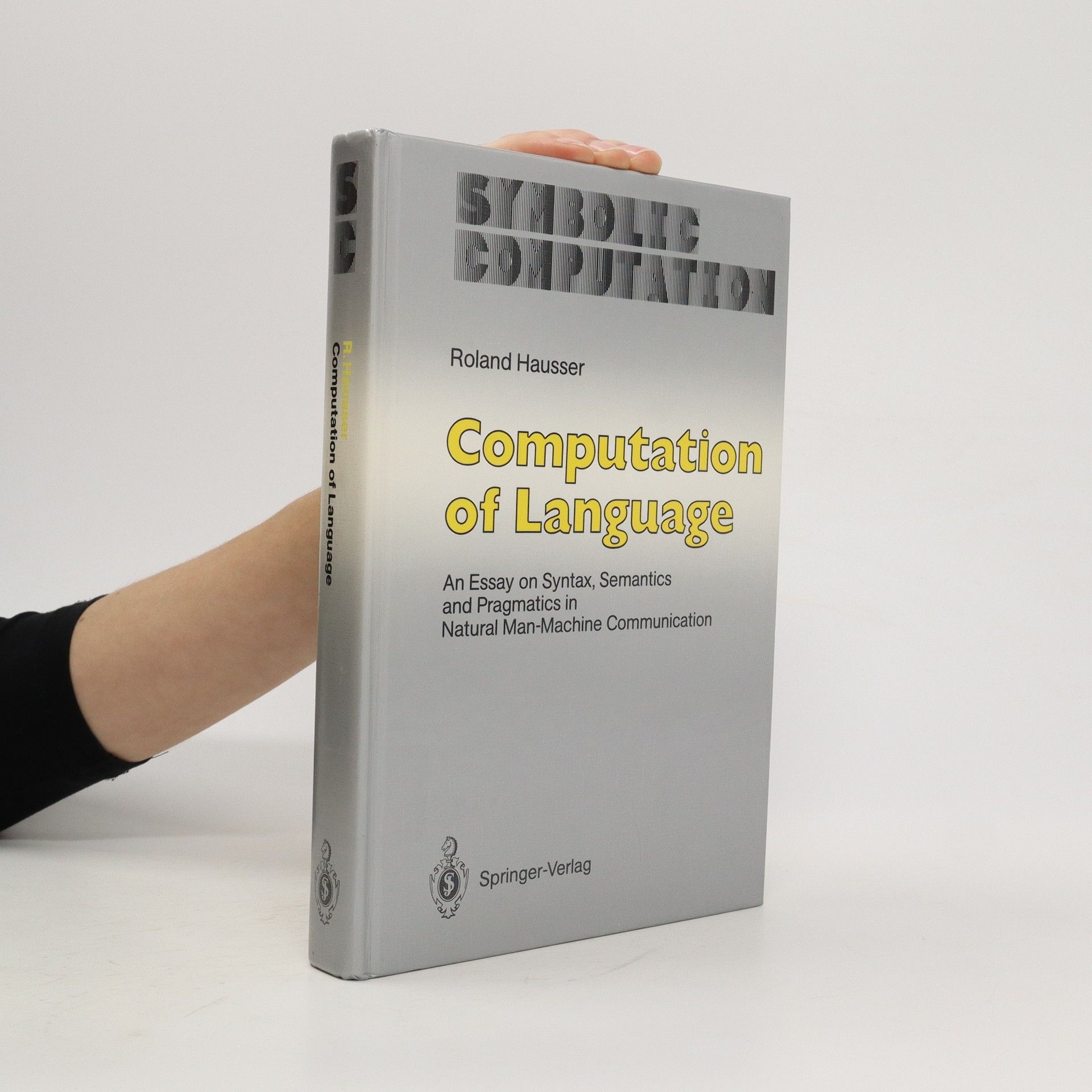Computation of Language
- 428 pages
- 15 hours of reading
The study of linguistics has been transformed by computers, which enable the processing of vast text quantities, providing a stronger empirical basis for conclusions. Additionally, computers serve as modeling devices, allowing for the implementation of grammatical theories and language processing. Models can exhibit unexpected properties, both positive and negative, and their value can only be assessed through extensive testing. The computer revolution has been ongoing for years, with its significance for linguistics recognized early on. However, the recent proliferation of personal workstations has made it an undeniable reality for the field. The present essay could not have been written without computer assistance. Conversations with the author revealed how the work evolved through the use of a powerful typesetting program, allowing him to visualize and refine his writing. More crucially, the easy testing of examples facilitated by the parser and computer-held lexicon has significantly impacted linguistic theory development. The rule set and lexicon expanded considerably after the initial successes of early implementations, driving the desire to incorporate additional linguistic phenomena.
